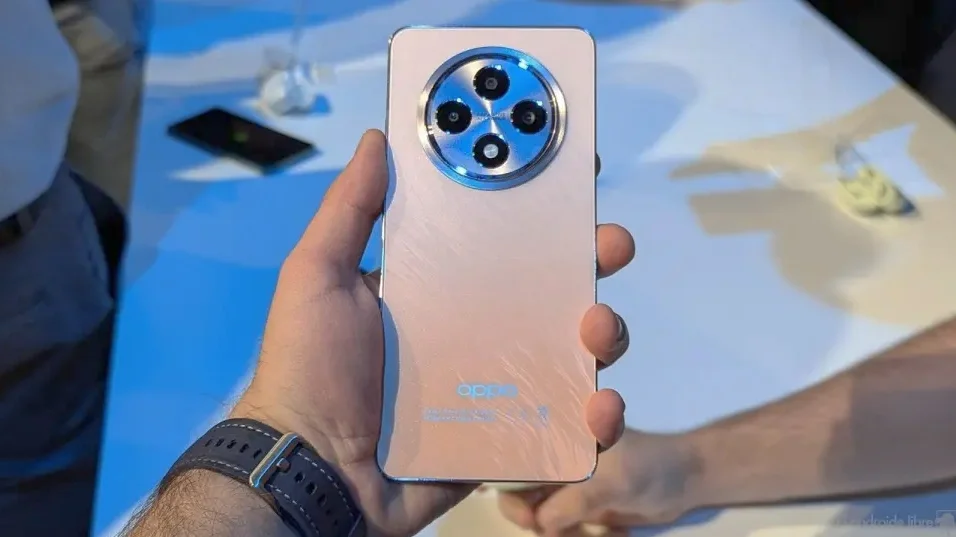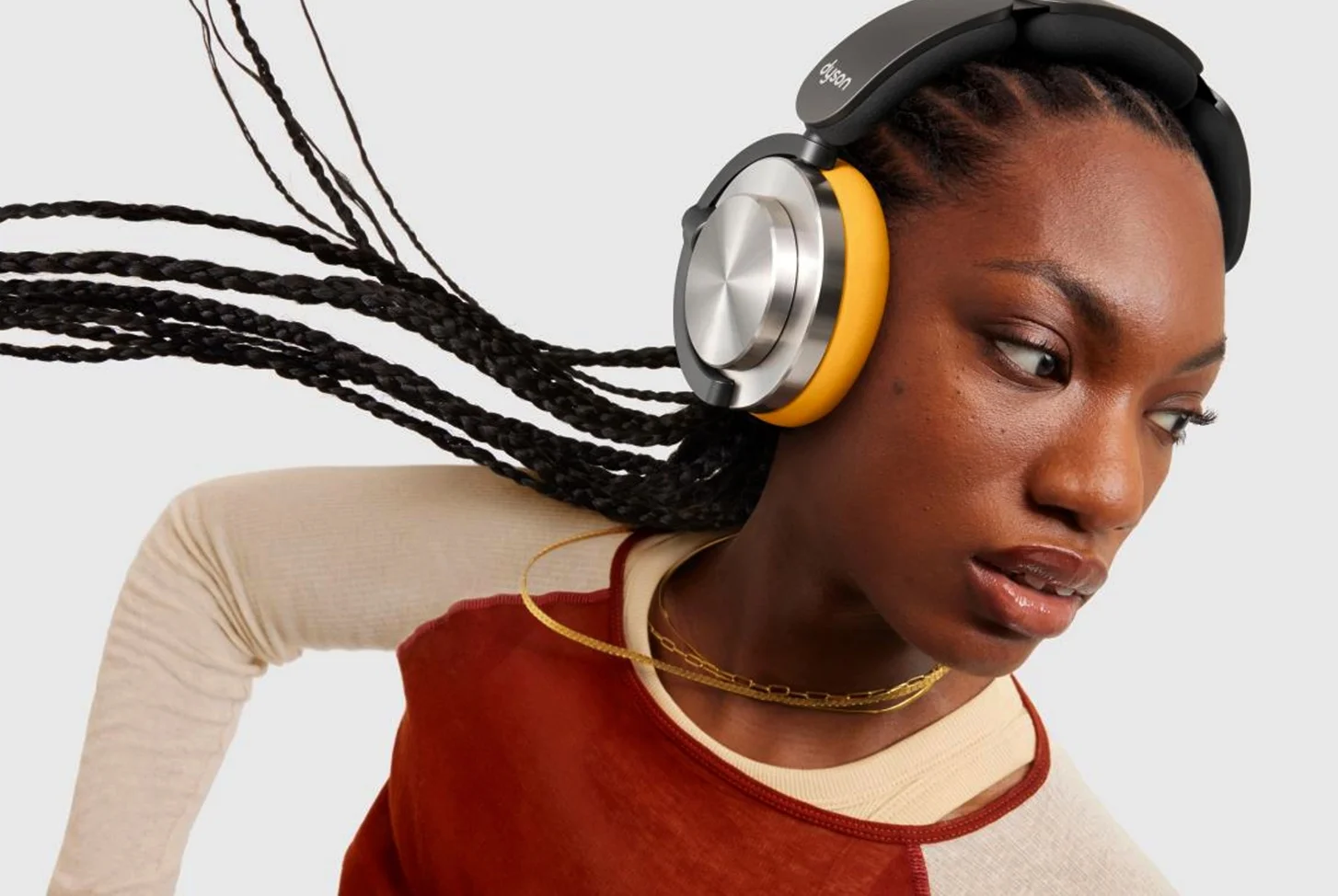I’ve tested the ZTE Nubia Focus Pro 5G, a mid-range phone that promises the best camera for under 350 euros, and it would be highly recommendable if it weren’t for the subpar software and connectivity.
I’ve lost count of how many people tell me they want a cheap phone without the astronomical prices of high-end models but still want a very good camera.
In the mid-range between 200 and 400 euros, the camera is usually not the best, so my answer is always the same: accept that you can’t have everything, and you won’t be able to take photos like those from the iPhone 16 Pro, Samsung Galaxy S24 Ultra, or Xiaomi 14 Ultra. Instead, focus on getting a good price-to-quality ratio.
ZTE has aimed to appeal to this type of user, those looking for good cameras in the mid-range, with their latest phone, the ZTE Nubia Focus Pro 5G, which has just gone on sale in Spain and promises good image performance for €349.90, or even less if you find a deal.
Does this new mid-range phone from the Chinese brand live up to its promise when it comes to camera performance?
Design and connectivity: stands out for its looks and physical camera shutter
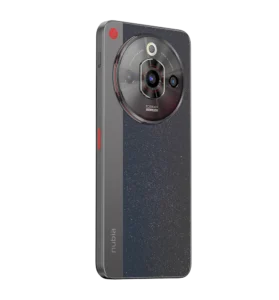
In terms of design, the Nubia Focus Pro is not at all minimalist for a mid-range phone. It opts for a very striking design focused on the camera.
The back features a large circular camera module, inspired by traditional cameras, which I ended up liking, but it protrudes too much, causing the phone to wobble considerably. The main lens is in the center, while the other two lenses and the flash are arranged around it in a very unique way.
The ZTE Nubia Focus Pro is not the most comfortable phone to hold, far from it. Its edges are flat but made of plastic, and the back is made of glass very similar to the screen, making it slippery and prone to fingerprints and dust. It’s also heavier (22 grams) and thicker (8.5 mm) than average.
I liked the look of the black model I tested, with red details referencing cameras, and it also incorporates other features focused on the imaging experience.
The first is a physical switch that you can assign as a shortcut to any app, but by default, it opens the camera. I appreciate its presence, but am I the only one who finds it odd that a switch serves as a shortcut and not to turn something on or off, like a mode?
The second feature is a shutter button, which is actually capacitive. I really liked this detail, but it only works for horizontal photos and videos, as it’s not designed for vertical shots. Given how important portrait mode and social media are, I ended up using it very little.
Unfortunately, ZTE hasn’t worked as well on connectivity. While it does feature 5G and NFC sensors, you’ll have to settle for WiFi 5 and Bluetooth 5.0, standards that are not just one but several generations behind.
Display and sound: its LCD panel doesn’t stand out for a mid-range device
Focusing on the camera means the Nubia Focus Pro 5G falls short in other areas, such as display and sound, where other phones in its price range perform much better.
The ZTE smartphone features a 6.72-inch IPS LCD panel with good resolution and a 120Hz refresh rate for smoother images.
In recent years, AMOLED screens have almost become the standard in phones over 300 euros, so it’s a shame not to have a better panel on this one, which would help to view photos and videos much better, though I understand it would have significantly raised the price.
The flat screen offers decent performance within the limits of LCD technology, but I do think the bezels, especially at the bottom, could have been reduced much more.
The sound, however, has been a bit disappointing for a current mid-range phone, as it only has a single speaker output at the bottom—and none at the top. It’s very easy to block when playing games in landscape mode, and I found the sound to be quite metallic, even without reaching maximum volume. Considering that there are also mid-range phones with Dolby Atmos and dual speakers, ZTE falls behind again.
Performance and software: while it’s smoother than expected, its software is a hassle
Performance is not one of the strengths of the ZTE Nubia Focus Pro 5G either, but I must admit that my experience has been better than I anticipated when looking at the spec sheet.
This phone is one of the few you’ll find on the current market, priced above 200 euros, with a Unisoc processor. While it’s a reliable manufacturer, its chips are typically only used in entry-level models, and it seems unusual not to have a Qualcomm or MediaTek chip in this phone, which aims much higher.
The benchmark tests don’t lie: they show how other phones in the same price range currently available in Spain are way ahead in terms of internal power, and you have to go to lower mid-range models to find similar results.
Despite everything, in day-to-day use, I didn’t notice any performance issues, and the phone responded well enough for all basic tasks, even for real-time online gaming like Pokémon Unite, without overheating much.
In terms of software, the Nubia Focus Pro 5G runs ZTE’s custom interface, MyOS 13, which is based on Android 13 and, by far, seems to be the biggest issue with this phone.
Software issues have been a constant throughout my experience with the Nubia Focus Pro 5G, and unfortunately, the most affected area is the camera app, which sometimes ruins an experience that, hardware-wise, should have been flawless.
ZTE has a huge problem with translations throughout MyOS, as it’s evident that much of the system was automatically translated. In the camera app, there are many moments where you can’t quite understand what you’re reading or doing. For example, after much trial and error, I figured out that what ZTE calls “scenes” is actually the Pro mode on other phones.
And it’s not just the text. The camera app frequently produces errors, and several times, it displayed horizontal images as if they were vertical (fortunately, this fixes itself).
Moreover, despite the large number of features the app seems to offer, many details show a lack of proper care. If you activate the watermark and 16:9 aspect ratio, and then switch to another photo mode other than the default one, the shots almost always come out with a different watermark and aspect ratio in the other modes—and you can’t change it!
Additionally, it doesn’t have Android 14, the latest system update, at a time when Android 15 is just around the corner. But the phone does have all Google services, and being one version behind isn’t a huge deal.
When it comes to design, information layout, and transitions, I believe MyOS lags behind most other brands’ interfaces. I also didn’t like the amount of pre-installed apps, some of which are low-quality games that felt more like spam.
Cameras: ZTE offers a better-than-usual experience for the mid-range (with some caveats)
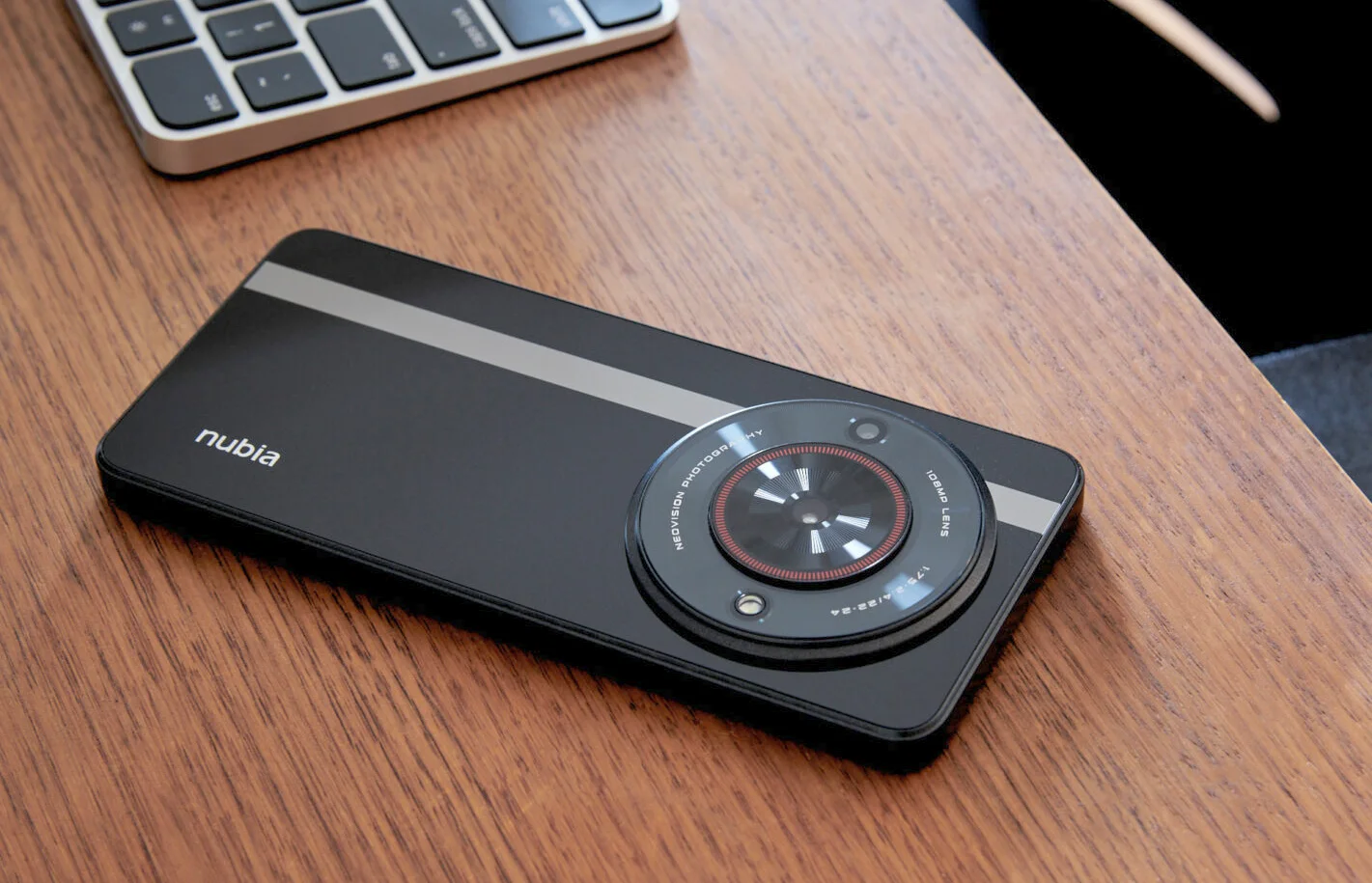
When talking about the camera, let me start with a disclaimer to avoid any confusion.
The ZTE Nubia Focus Pro 5G, despite its name, is a mid-range phone. And despite the heavy emphasis ZTE has placed on it, its camera is also mid-range and can’t be compared to any phone costing 600 euros or more. But it is true that the results exceed what you usually find in the mid-range today, and this is what you should expect.
That said, here are all the cameras on the ZTE Nubia Focus Pro 5G:
• 108-megapixel f/1.8 main camera, PDAF, OIS.
• 5-megapixel f/2.2 ultra-wide lens.
• 2-megapixel f/2.4 depth sensor.
• 32-megapixel punch-hole selfie camera.
Diving in, as is now common in many phones, even mid-range ones, the 108-megapixel main lens lets you take photos at full resolution through a specific camera mode, not by default.
Here you can see how distant details can be magnified by using a photo taken with the 108 MP mode. It’s a great alternative to zoom, revealing hidden details in a normal photo, like the license plates of cars and motorcycles or the text on an outdoor sign.
The Nubia Focus Pro 5G’s standout feature is the excellent performance of its main camera, which captures shots full of light, vibrant colors, and an aesthetic that strongly echoes Samsung’s style. I find the image processing to be good, and the results are very natural.
ZTE has included a 5-megapixel ultra-wide lens to complement the main camera. When you activate the 18mm mode, you notice that the field of view widens significantly, but the quality is not comparable to the main sensor.
In my opinion, ZTE has gone too far. This lens simply isn’t up to par, and I recommend avoiding it unless you have no other choice.
A phone focused on its camera cannot have an ultra-wide lens like this, which is practically useless. It fills the image with noise, lets in much less light, and produces completely dull colors, leaving the final result washed out and blurry.
Portrait mode delivers an acceptable result and makes you look good, even if you’re not very photogenic like me, although I found it somewhat limited and it fails in important aspects. And why does the watermark disappear without warning?
As you can see, the main camera already provides a very good result on its own, and portrait mode adds a bokeh effect that puts more emphasis on the person.
The problem? Notice how imprecise the figure cutout is: it erased half of my hand, the edge of my arm, and a large part of my hair. If you move a bit closer, medium shots are a little more accurate, but overall, I don’t find portrait mode to be great.
My advice? Don’t use portrait mode. The main camera already gives you very good portraits with a soft bokeh effect from automatic face detection. Or, if you want to use it, make sure to set the blur and beauty modes to a minimum.
The same goes for selfies. The front camera delivers decent results in normal mode, but when you activate portrait mode, the background cutout becomes imprecise (just look at the hair), and it doesn’t offer a progressive or particularly natural blur.
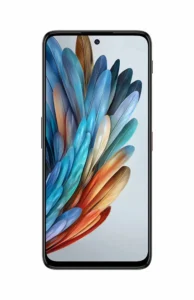
Among the various image modes on this mid-range smartphone is the macro mode, which lets you get close to tiny details just a few centimeters from the sensor.
When I tested it, I was unpleasantly surprised to find that it works with the ultra-wide sensor, so the resolution and final quality are not good at all. Notice how the color of the leaves worsens in macro mode and how the light is overexposed.
I know I sound like a broken record, but again, I wouldn’t use the macro mode. The main camera is much better.
Speaking of night mode, a classic where ZTE has done a good job—as long as you use the main camera.
Night mode adds a lot of light to nighttime shots that would otherwise be dark in normal mode. The night aesthetic is good, with enhanced yellow and blue tones, and overall it handles light sources like streetlights well.
The only problem I find is a certain difficulty in handling very intense lights, which can cause reflections, and especially a tendency to over-illuminate: skies turn blue, and there’s so much light it looks like you’re in Times Square, even if you’re on a not-so-well-lit street.



